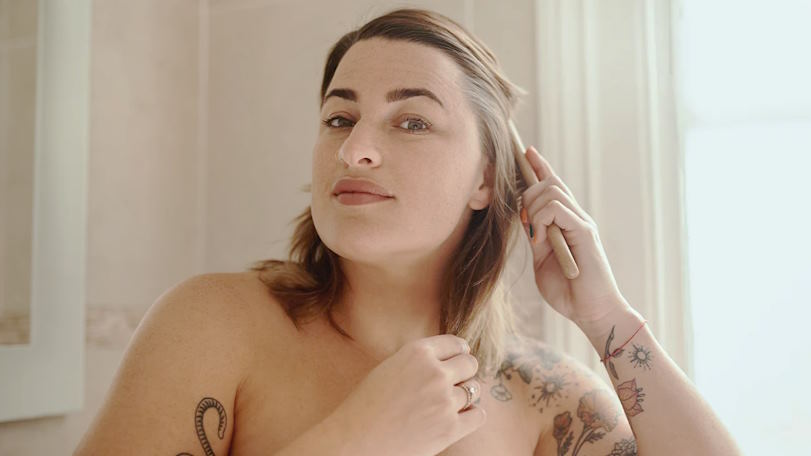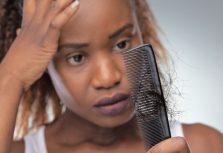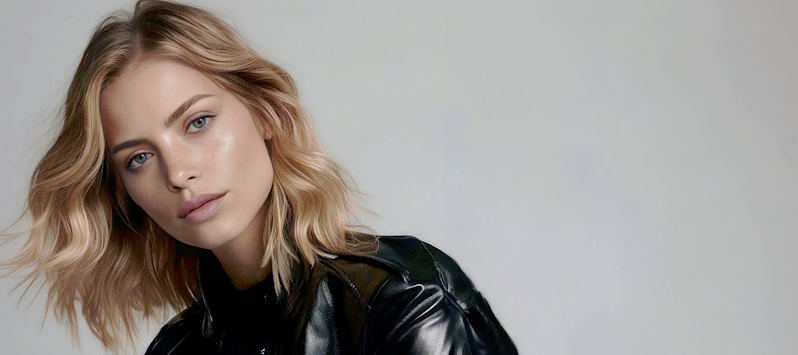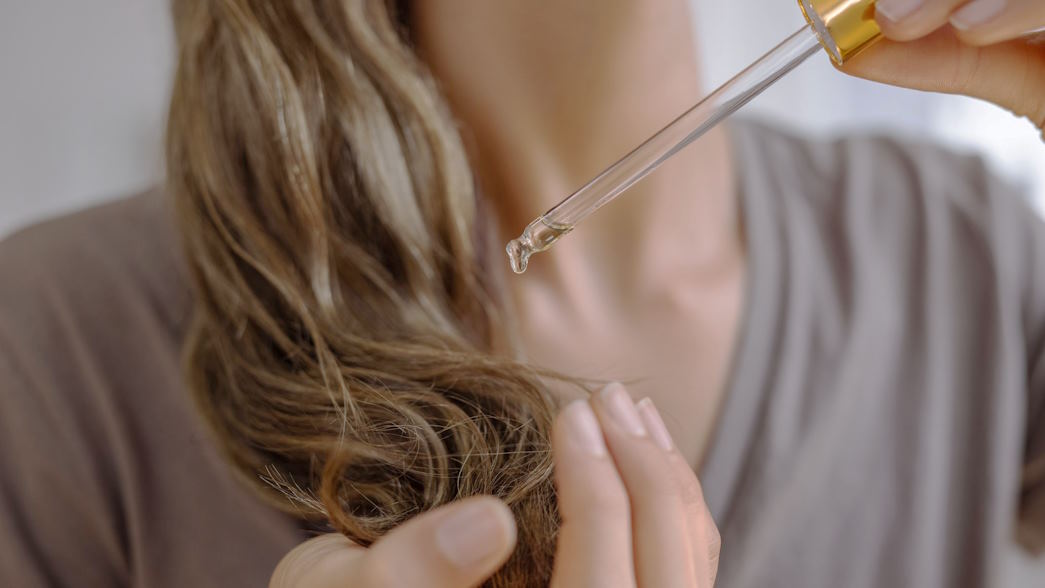May 14, 2024
The Pros and Cons of Different Hair Straightening Methods
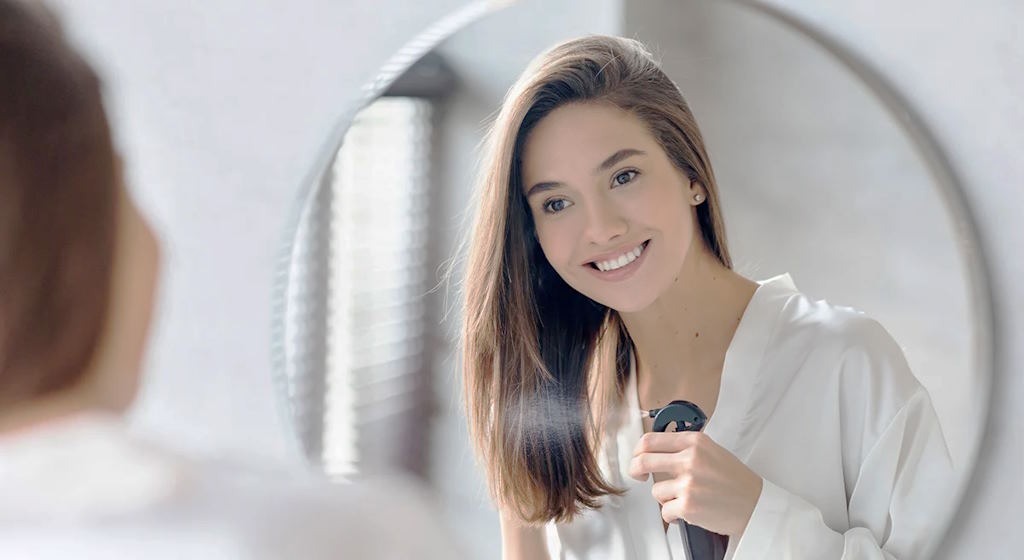
Straight hair has long been associated with sleek sophistication and timeless elegance, prompting many individuals to explore various hair straightening methods. Whether it’s to achieve a polished professional look or experiment with a different style, the abundance of options can be both exciting and overwhelming. However, with great styling power comes the responsibility of making informed choices to avoid potential pitfalls.
Common Hair Straightening Methods
Traditional Methods
- Straightening with a Flat Iron:
Embraced for its simplicity and effectiveness, straightening with a flat iron involves clamping sections of hair between two heated plates. The process delivers immediate results, offering a sleek and polished look. The versatility of a flat iron allows for various styling options, from pin-straight strands to glamorous curls. However, the convenience comes at a cost, as there’s a potential for heat damage, particularly if not used with heat protectants. Additionally, the time required for this method can be a drawback for those with busy schedules.
- Blow Drying with a Round Brush:
This technique combines the power of a hairdryer with the precision of a round brush. The process involves pulling sections of hair taut with the brush while directing hot air from the dryer. The result is voluminous, smooth hair. Unlike flat ironing, this method can be less damaging, but it demands skill and practice to achieve the desired outcome. While it provides a quick styling option, the longevity of the results may not match other, more time-intensive methods.
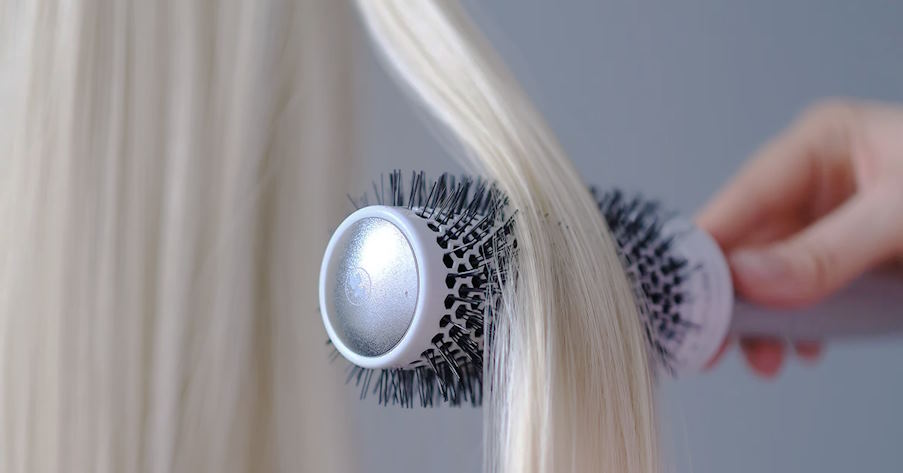
Chemical Methods
- Keratin Treatments:
Keratin treatments involve applying a protein-rich solution to the hair, which is then sealed with heat. This process delivers long-lasting straightening, reduces frizz, and enhances shine. Despite the benefits, the high cost and the presence of chemicals, such as formaldehyde, in some formulations raise concerns about potential health risks.
- Chemical Straightening (Relaxers):
Chemical straightening, commonly known as relaxing, alters the hair’s structure using chemicals to break the bonds that give it its natural texture. This method provides long-lasting straightening, especially effective on coarse hair. However, the use of harsh chemicals poses a risk of damage, and professional application is crucial to minimize adverse effects.
Heat-Free Methods
Hair Straightening Brushes
- Description of the Process:
Hair straightening brushes have gained popularity for their straightforward approach to achieving smooth strands without the need for excessive heat. These brushes typically feature heated bristles that glide through the hair, straightening and smoothing as they go.
Pros:
- Less Heat Exposure: One of the primary advantages of using a hair straightening brush is the reduced exposure to high temperatures. This can be beneficial in preventing heat damage, promoting overall hair health.
- User-Friendly: Hair straightening brushes are user-friendly, making them accessible even for those without advanced styling skills. The process is quick and simple, requiring minimal effort for effective results.
Cons:
- May Not be as Effective on Very Curly Hair: While effective on moderately curly hair, these brushes may struggle to achieve the same level of straightening on very curly or tightly coiled hair.
- Results May Not Last as Long: The longevity of results with a hair straightening brush might not match that of other methods, requiring more frequent touch-ups.
Braiding or Twisting for Straightening
- Description of the Process:
This heat-free method involves braiding or twisting damp hair and allowing it to dry in the desired style. Once dry, the hair is unraveled to reveal smooth, wavy, or straightened strands.
Pros:
- No Heat Damage: Braiding or twisting eliminates the risk of heat damage, offering a gentle alternative for achieving straightened hair.
- Can Create Natural-Looking Waves: Beyond straightening, this method allows for the creation of natural-looking waves and texture.
Cons:
- Takes Time to Set: Achieving desired results with braiding or twisting requires patience, as the hair needs time to set and dry.
- Results May Vary Based on Hair Type: The effectiveness of this method may vary based on individual hair types, with some experiencing more pronounced results than others.

